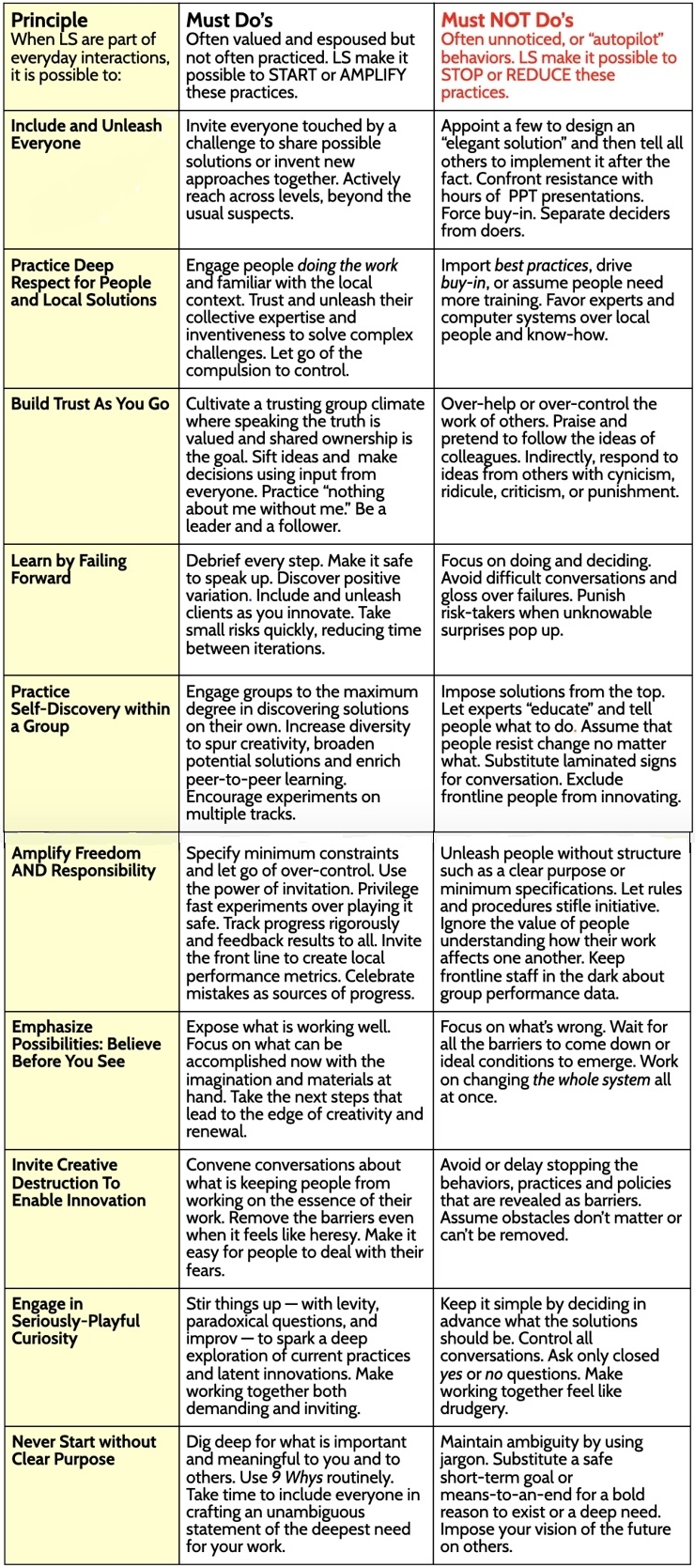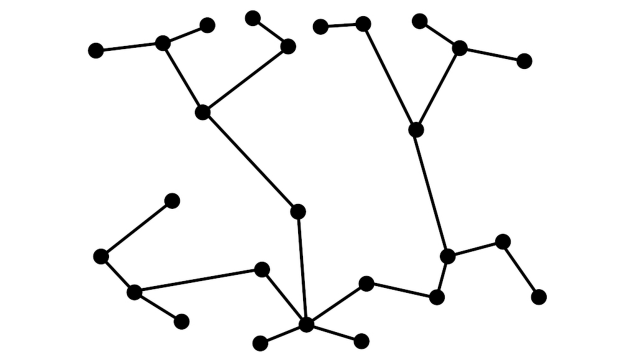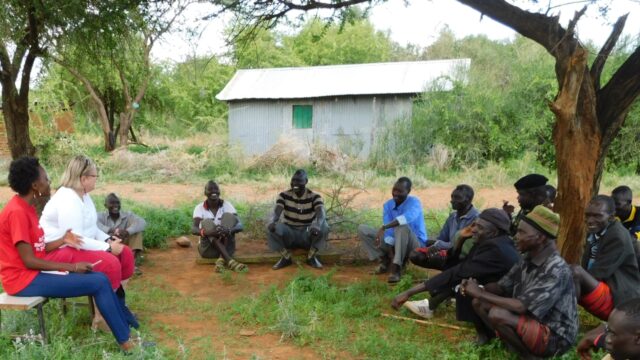
Principles for welcoming all voices
By Keith McCandless. Originally published on the Integration and Implementation Insights blog.
Which principles would allow us to manage and lead groups that aspire to include all voices in shaping next steps and the future?
Liberating Structures is an approach to working together that puts innovative and facilitative power in the hands of everyone. It does this through 33 adaptable microstructures that allow groups of people of any size to be all-inclusive and to unleash everyone’s power.
Liberating Structures is based on ten principles that help guide choices and keep a community together while moving toward their set purpose.
Liberating Structures practice and principles come alive through active engagement. The path is co-evolving, iterative, and mutually shaped. As shown in the table below, each principle is couched as follows: When Liberating Structures are part of everyday interactions, it is possible to…
Each principle is accompanied by ‘Must Do’s’ and ‘Must Not Do’s’, also presented in the table below.
Must Do’s are practices to guide action and behavior. They are valued but not often practiced because conventional structures make it too difficult.
Must Not Do’s are common behaviors and practices that stifle inclusion, trust, and innovation. They are often unexamined habits so familiar that they are easily overlooked.

Abbreviations and explanations: LS = Liberating Structures; PPT = Microsoft Powerpoint presentation program; improv = improvisation as a form of live theatre; 9 Whys = ask why an activity is important up to 9 times to understand the fundamental purpose (https://www.liberatingstructures.com/3-nine-whys).
Do you have examples to share of how you have used these principles in research or higher education and how they have amplified good practices? Are there other principles that you have used to guide effective ways of working together?
To find out more:
You can find these principles on the Liberating Structures website at: https://www.liberatingstructures.com/principles/
See also:
McCandless, K. and friends. (2021). Principles for a world welcoming all voices. Part 2. LinkedIn. (Online): https://keithmccandless.medium.com/principles-for-a-world-welcoming-all-voices-part-2-efc204fb43a9. Part 1 of this LinkedIn article provides examples of the application of the principles. (Online): https://keithmccandless.medium.com/principles-for-a-world-welcoming-all-voices-part-1-c65d04ecc651
Biography
 |
Keith McCandless is co-developer of Liberating Structures and co-author of the book “The Surprising Power of Liberating Structures – Simple Rules to Unleash a Culture of Innovation” (2014). Keith operates a global consulting practice focused on strategy development, creative adaptability, and including all voices in shaping next steps. He calls himself a structured improvisationalist. |
Article source: Principles for welcoming all voices. Republished by permission.






